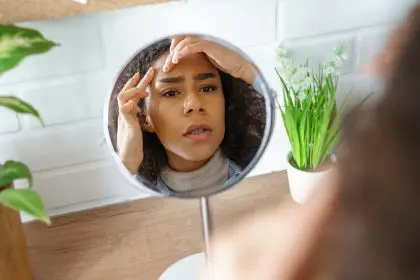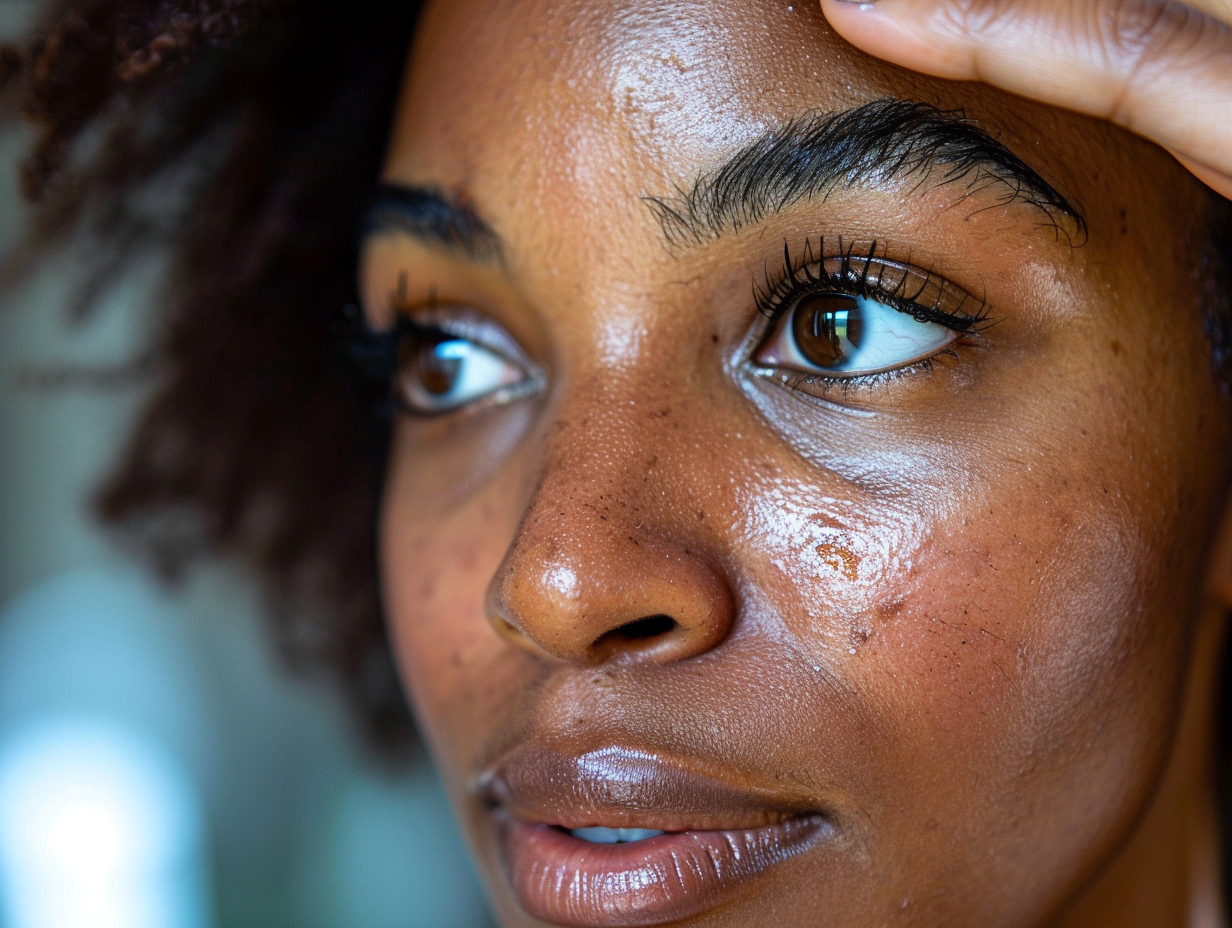As beauty enthusiasts seek more natural-looking alternatives to traditional lash extensions, lash perms have emerged as a popular solution. This semi-permanent treatment offers the allure of perfectly curled lashes without daily maintenance, transforming how many approach their beauty routines. The landscape of lash enhancement continues to evolve, with new techniques and products entering the market regularly, making it essential to understand the differences between various treatments. With increasing demand for low-maintenance beauty solutions, lash perms provide an attractive option for those seeking enhanced lashes without the commitment of extensions or the daily use of mechanical curlers.
Demystifying lash perms
A lash perm involves chemically restructuring your natural lashes to maintain a curved shape. Unlike temporary curling methods, this treatment creates lasting results that can transform your daily beauty routine. The process works by breaking down and rebuilding the bonds in your lash hair, similar to a traditional hair perm. Professional technicians use specialized solutions and tools to achieve the desired curl pattern while protecting the delicate eye area. The chemicals used in modern lash perms are specifically formulated to be gentler than traditional hair perming solutions, taking into account the sensitive nature of the eye area and the delicate structure of eyelash hair.
The science behind the treatment involves carefully timed application of a reducing agent that breaks down the disulfide bonds in the hair structure, allowing the lashes to be reformed around a curved rod. This is followed by a neutralizing solution that rebuilds these bonds in their new position, creating a lasting curl. The entire chemical process must be precisely controlled to achieve optimal results without damaging the natural lashes.
Lash perms vs lash lifts
While often confused, these treatments offer distinct benefits and results. Lash lifts use a silicone shield that follows your eye’s natural curve, creating a lifted appearance from the base. Perms utilize cylindrical rods that create a more traditional curl pattern, often starting from the middle of the lash. Each approach suits different preferences and natural lash types, making consultation crucial for choosing the right option.
The key difference lies in the final appearance and how the lash is restructured. Lash lifts typically create a more dramatic upward sweep from the base, making them ideal for those seeking to open up their eye area. Perms, on the other hand, create a more graduated curl throughout the length of the lash, which some find more natural-looking. The choice between the two often depends on factors such as natural lash length, eye shape, and desired final appearance.
Safety considerations and precautions
Professional application remains crucial for safety and optimal results. While generally safe, potential risks include allergic reactions to solutions, temporary eye irritation, over processed lashes, and chemical burns if improperly applied. Licensed technicians understand proper timing, product selection, and protection methods to minimize these risks. Modern lash perm solutions incorporate conditioning agents and protective ingredients that help maintain lash health during the chemical process.
Patch testing remains crucial, even for those who have had lash perms before, as sensitivities can develop over time. Professional technicians should conduct a thorough consultation to assess any contraindications, including eye conditions, recent surgeries, or medications that might affect the treatment’s safety. Pregnant women and those with certain medical conditions should consult their healthcare provider before pursuing lash perms.
Investment considerations and value assessment
Investment in professional lash perms typically ranges from $100 to $150 per session, with costs varying based on geographic location, technician experience, salon reputation, and whether additional services are included. The quality of products used also influences pricing, making it important to consider value rather than cost alone. Many salons offer package deals for regular maintenance appointments, which can provide better value for long-term maintenance.
The true value of a lash perm extends beyond the initial cost when considering the time saved on daily lash curling and mascara application. Quality treatments can last 6-8 weeks, making them a cost-effective alternative to daily beauty routines for many clients. Additional services like lash tinting can enhance the results and may be worth considering as part of a comprehensive treatment package.
Comprehensive treatment process
The lash perming process begins with a thorough consultation to assess natural lash condition, discuss desired results, and determine the appropriate rod size for the intended curl pattern. The procedure typically takes 45-60 minutes, during which technicians follow a precise protocol. First, the eye area is thoroughly cleansed to remove any oils or residue that might interfere with the perming solution. Protective pads are applied to the lower lash line and surrounding skin to prevent any contact with the chemical solutions.
The technician then carefully wraps the lashes around the selected perming rod, ensuring even distribution and proper tension. The perming solution is applied precisely to the lashes, avoiding contact with the skin or eyes. Timing is crucial during this phase, as over-processing can damage the lashes while under-processing may result in insufficient curl. After the appropriate processing time, a neutralizing solution is applied to set the curl pattern permanently.
Essential aftercare protocols
Proper aftercare significantly impacts the longevity and appearance of your lash perm. The first 24-48 hours are critical, during which the newly formed bonds in the lashes continue to stabilize. During this period, clients should avoid water contact, steam, excessive heat, and any eye makeup. Gentle cleansing can resume after the initial setting period, using oil-free products specifically formulated for permed lashes.
Regular maintenance includes gentle brushing with a clean spoolie brush to maintain the curl pattern and prevent tangling. Conditioning treatments specifically designed for permed lashes can help maintain lash health and extend the life of the treatment. While mascara can be used after the initial setting period, waterproof formulas should be avoided as they can be harsh on treated lashes and difficult to remove without compromising the curl.
Professional selection and quality assurance
Choosing the right technician significantly impacts your experience and results. Look for licensed estheticians with specific lash certification, continued education credentials, and a strong portfolio of work. Client testimonials and before-after photos can provide valuable insights into their expertise and consistency. The best technicians maintain clean, professional environments and use high-quality, properly stored products from reputable manufacturers.
Beyond basic credentials, consider the technician’s experience with your specific lash type and desired outcome. Some specialists may have particular expertise in certain techniques or modifications that better suit your needs. A thorough consultation should include detailed discussion of your expectations, lifestyle factors that might affect treatment longevity, and any concerns you may have about the process.
Remember that successful lash perms require both professional expertise and proper client care. Take time to research, prepare, and maintain your treatment for optimal results. Working with qualified professionals and following proper care guidelines helps ensure beautiful, healthy lashes that enhance your natural features without compromising lash health.


